Thyme
Thyme seeds key features
Enhance your culinary creations with homegrown thyme
Thyme seeds are highly aromatic and have a pleasant fragrance reminiscent of a combination of mint, earthiness, and a subtle hint of citrus. They contain essential oils that give them their signature scent and flavor, making them a popular choice in various cuisines around the world.
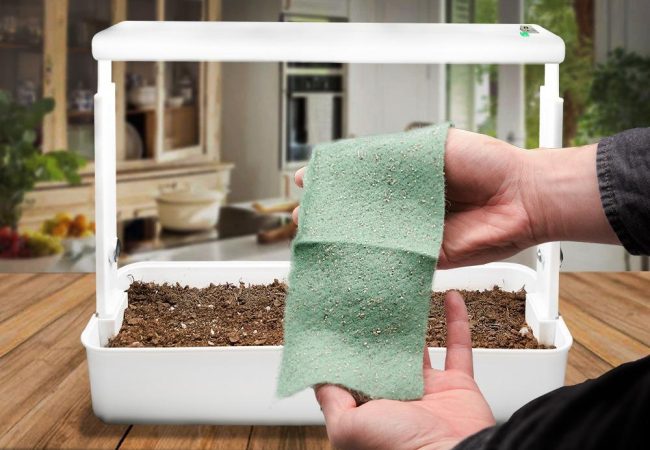
Thyme packaging solutions:
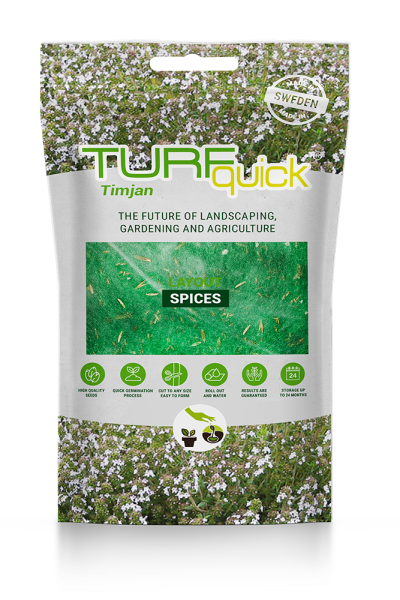
Technical specifications
Product name:
Thyme | Orange Scented Thyme
EAN CODE
7350 00309 0946
Scientific Name
Thymus Fragrantissimus
Plant position:
Sun
Material and contents specification
Rocket seeds:
120 Seeds (100% Pure Live Seeds) Non-Gmo
Patch dimension:
10cm x 20cm
Price group:
A
Cellulose fiber:
approx. 10 grams
MOQ
360 pcs︱1 EUR-pallet. (120 cm x 80 cm x 215 cm).
Attribute:
Vegetable seed mixes
Net weight:
0.1 kg
Download the data sheet in PDF format
About thyme
Apart from their culinary uses, thyme seeds also offer several health benefits. They are rich in antioxidants, vitamins, and minerals, making them an excellent addition to a healthy diet. Thyme seeds are believed to have antifungal, antibacterial, and anti-inflammatory properties, which may help boost the immune system and soothe various ailments.
When to plant thyme seeds fabric?
If you live in a warmer region or have a longer growing season, you can directly sow thyme seeds outdoors in early spring after the soil has warmed up. Thyme prefers well-drained soil, so make sure the soil is not too wet when planting.
In general, thyme seeds germinate best with a soil temperature of around 70°F (21°C). Once the seeds have sprouted, make sure to provide them with adequate sunlight, water, and regular pruning to promote healthy growth.
Where to plant thyme seeds fabric?
How to plant thyme seeds fabric?
- Choose a proper location: Thyme prefers full sun, so find a location in your garden that receives at least 6 hours of sunlight per day.
- Prepare the soil: Thyme grows well in well-draining soil. Loosen the soil to a depth of about 6 inches (15 cm) and remove any rocks, weeds, or debris. Thyme tolerates a wide range of soil types but prefers a slightly alkaline soil with a pH between 6.0 and 8.0.
- Sow the seeds: Place the thyme seeds fabric over the prepared soil. Start at one end and unroll it across the area you want to cover. Thyme seeds require light to germinate, so only lightly cover them with a thin layer of soil or vermiculite, about 1/8 inch (3 mm) thick.
- Water the seeds: Gently water the soil to ensure it is moist but not waterlogged. Thyme prefers slightly dry conditions, so do not overwater.
- Maintain moisture: Keep the soil consistently moist until the seeds germinate, which usually takes around 14 to 21 days. Mist the soil with water if it starts to dry out. Transplant or thin the seedlings: Once the seedlings have grown a couple of inches tall, you can thin them out if they are too crowded or transplant them to their final location. Space the seedlings about 8 to 12 inches (20 to 30 cm) apart.
- Transplant or thin the seedlings: Once the seedlings have grown a couple of inches tall, you can thin them out if they are too crowded or transplant them to their final location. Space the seedlings about 8 to 12 inches (20 to 30 cm) apart.
- Provide care: Water the seedlings regularly, but avoid overwatering. Thyme is a low-maintenance herb and does not require much fertilizer if grown in good soil. Ensure pests and weeds are kept under control.
- Harvest the thyme: Thyme can be harvested when the plants are about 6 inches (15 cm) tall. Pinch off the leaves or trim stems as needed, and the plant will continue to grow back.
How to harvest thyme?
Harvesting thyme is relatively simple. Here are the steps to follow:
- Choose the right time: Thyme is best harvested just before it flowers, usually in mid to late summer when the leaves are full of flavour. This is when the essential oils are at their peak.
- Select the right tools: Use a pair of sharp pruning shears or scissors for harvesting. Make sure they are clean and sterilised to prevent the spread of diseases.
- Identify the stems: Look for stems that are relatively long and sturdy. These stems are ideal for harvesting.
- Cut the stems: Position your shears close to the base of the stem and snip it off. Alternatively, you can also pinch off individual leaves. Avoid cutting more than one-third of the plant’s growth at a time to allow for regrowth.
- Remove excess foliage: Strip off any excess leaves from the harvested stems. This helps to focus the plant’s energy on new growth.
- Rinse and dry: Rinse the harvested thyme gently under cool water to remove any debris, insects, or dirt. Shake off excess water and let it air dry on a clean towel or use a paper towel to pat them dry gently.
- Store properly: Once dry, you can store the thyme by hanging the stems in small bunches upside down in a well-ventilated area like a pantry or kitchen. Alternatively, you can remove the leaves from the stems and store them in an airtight container. Keep the container in a cool, dark place.
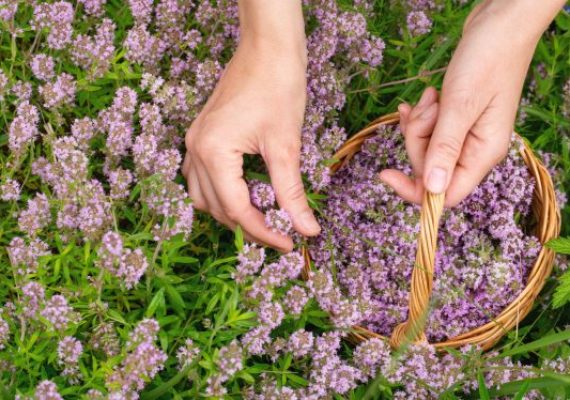
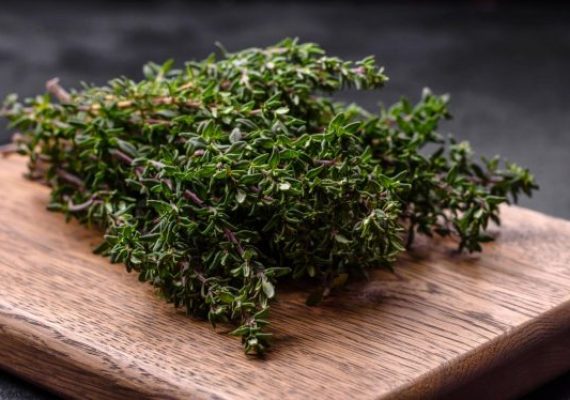
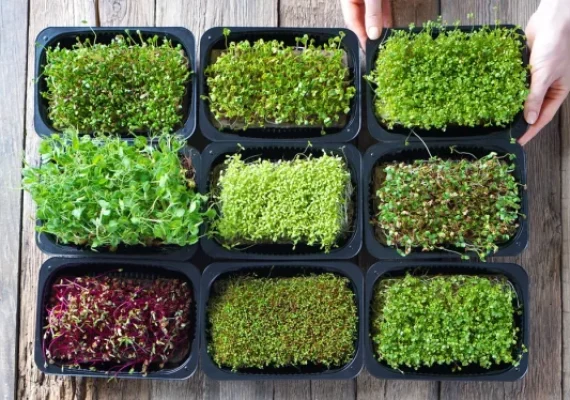
Thyme patchs are biodegradeable and contain no harmful chemicals.
How to grow veggies all year round?
Growing veggies all year round requires careful planning and consideration of various factors but can grow vegetables indoors including lettuces, arugula, spinach, kale, carrots, radishes, beet greens, tomatoes and more. Here are some tips to help you achieve year-round vegetable gardening.

